Home>Dining>Tableware>At What Temperature Does Crystal Glass Melt?
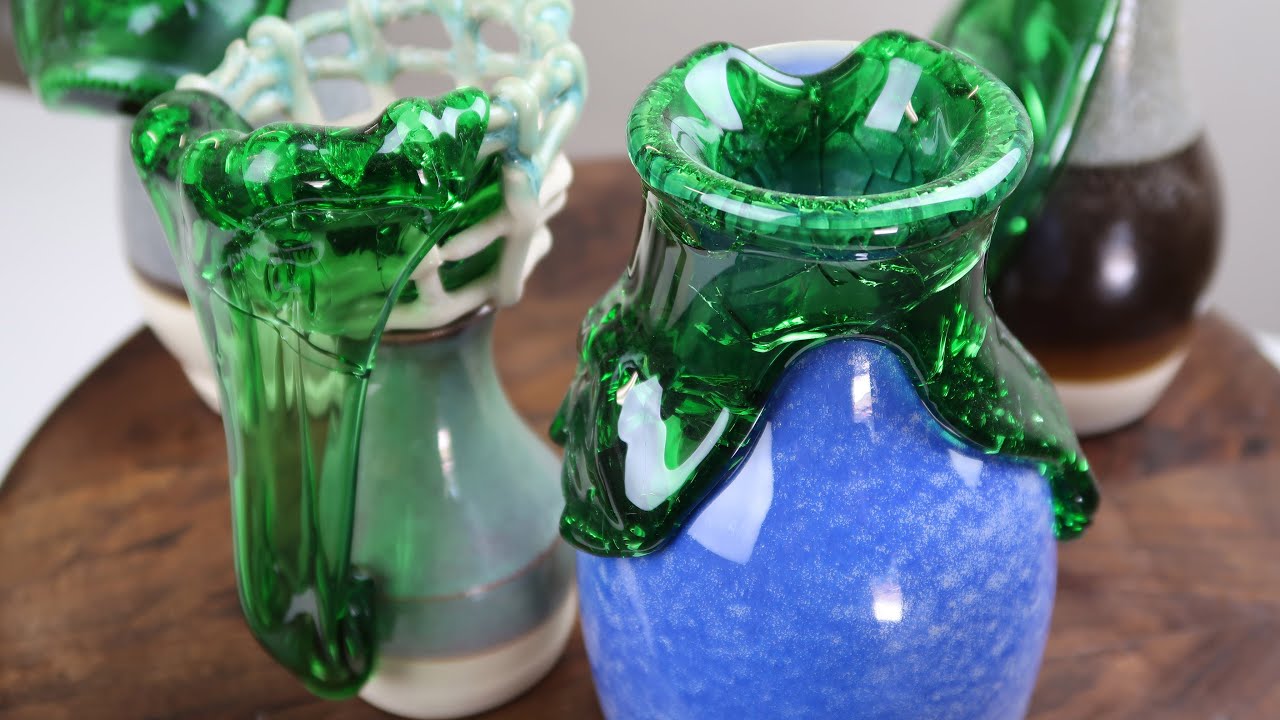

Tableware
At What Temperature Does Crystal Glass Melt?
Modified: March 2, 2024
Discover the melting point of crystal glass used in tableware and learn at what temperature it starts to melt.
(Many of the links in this article redirect to a specific reviewed product. Your purchase of these products through affiliate links helps to generate commission for Storables.com, at no extra cost. Learn more)
Introduction
Welcome to our comprehensive guide on crystal glass! Whether you’re an ardent collector or simply someone intrigued by the beauty and elegance of tableware, understanding the properties of crystal glass is essential. In this article, we will dive deep into the topic, starting with an exploration of the melting point of crystal glass.
Crystal glass is renowned for its exceptional clarity, brilliance, and reflective properties. It possesses a higher lead content than regular glass, which enhances its refractive index and gives it a distinctive sparkle. The manufacturing process of crystal glass involves melting a combination of silica, soda ash, limestone, and lead oxide at extremely high temperatures, transforming the raw material into the exquisite pieces we know and love.
But at what temperature does crystal glass actually melt? Let’s embark on a journey to uncover the answer.
Key Takeaways:
- Crystal glass, prized for its brilliance and clarity, melts at temperatures ranging from 1,200 to 1,500 degrees Celsius. Factors like lead content and heating conditions influence its melting point.
- Experimental techniques, such as DTA and hot stage microscopy, measure the melting temperature of crystal glass. Lead crystal, barium crystal, and lead-free crystal each have unique melting temperatures.
Read more: What Temperature Does Plumbing Solder Melt
Definition of Crystal Glass
Crystal glass, also known as lead crystal, is a type of glass that is prized for its clarity, brilliance, and luxurious appearance. It is characterized by its high lead content, typically around 24% or more, which gives it distinct optical qualities and a greater density compared to regular glass.
The term “crystal” is often used interchangeably with “glass,” but it refers specifically to glass that contains a significant amount of lead oxide. This lead content contributes to the refractive index of the glass, allowing it to sparkle and refract light in a dazzling manner. Crystal glass is highly sought after in the production of fine tableware, decorative items, and jewelry.
Due to the lead content, crystal glass also has a higher weight and a distinctive “ping” or ringing sound when tapped. This adds to its perceived value and quality. Additionally, the lead oxide content makes the glass denser, resulting in a smoother and more substantial feel compared to regular glass.
It is important to note that crystal glass should not be confused with tempered glass, which undergoes a different manufacturing process. Tempered glass is treated with heat or chemicals to increase its strength and shatter resistance, while crystal glass focuses on the optical and aesthetic properties.
In summary, crystal glass is a type of glass that combines elegance, brilliance, and lead content to create a luxurious and captivating material used in the creation of various high-quality products.
Overview of the Melting Process
The melting process is a crucial step in the production of crystal glass. It involves heating a mixture of raw materials to specific temperatures to achieve a molten state where they can be shaped and formed into the desired glassware. Let’s take a closer look at the steps involved in the melting process:
- Selection of Raw Materials: The raw materials used in the production of crystal glass include silica (in the form of sand), soda ash, limestone, and lead oxide. These materials are carefully selected for their purity and consistency, as impurities can affect the quality and characteristics of the glass.
- Batch Preparation: The selected raw materials are measured and combined in precise proportions to create a batch. This batch is then mixed thoroughly to ensure a homogenous mixture. The lead oxide content is crucial in achieving the refractive properties that make crystal glass so desirable.
- Melting: The prepared batch is placed in a furnace and heated to high temperatures, typically ranging from 1,200 to 1,500 degrees Celsius (2,200 to 2,700 degrees Fahrenheit), depending on the specific composition of the glass. As the temperature rises, the raw materials gradually melt and form a homogeneous liquid known as “glass melt.”
- Clarification and Refining: Once the glass melt is formed, it undergoes a process to remove any impurities or bubbles. This is done using refining agents or by subjecting the glass melt to additional heating and stirring. This step ensures the clarity and purity of the final crystal glass product.
- Shaping and Forming: After the glass melt has been clarified and refined, it is ready to be shaped into the desired form. The molten glass can be blown, molded, or pressed into molds, depending on the specific manufacturing technique used. The glass is carefully shaped and cooled to retain its desired shape and create intricate details and patterns.
- Annealing: Once the glassware is shaped, it is gradually cooled to room temperature in a controlled process known as annealing. This gradual cooling helps to relieve internal stresses in the glass and increase its strength and durability.
The melting process is a critical stage in the production of crystal glass as it lays the foundation for the unique optical properties and exquisite beauty that crystal glass is known for. The careful selection of raw materials and precise control of temperatures and processes ensure the creation of high-quality crystal glassware.
Factors Affecting the Melting Point of Crystal Glass
The melting point of crystal glass is influenced by various factors, each playing a role in determining the temperature at which the glass transitions from a solid to a liquid state. Understanding these factors is essential for the successful production of crystal glass. Let’s explore the key factors that affect the melting point of crystal glass:
- Chemical Composition: The chemical composition of crystal glass has a significant impact on its melting point. The addition of lead oxide, in particular, lowers the melting point of the glass mixture. The higher the lead content, the lower the melting point. However, other factors such as the proportions of silica, soda ash, and limestone also influence the melting point.
- Impurities: The presence of impurities in the raw materials can affect the melting point of crystal glass. Impurities like iron, alumina, and other contaminants can raise the melting temperature. To ensure consistency in quality and melting point, manufacturers carefully select and purify the raw materials.
- Heating Rate and Duration: The rate at which the glass is heated and the duration of the heating process play a role in determining the melting point. A slow and gradual heating process allows the glass mixture to reach its melting point more uniformly. Rapid or uneven heating can lead to variations in the molten glass temperature and affect the overall quality of the crystal glass.
- Atmospheric Conditions: The atmospheric conditions in the melting furnace can impact the melting point of crystal glass. A controlled atmosphere with the appropriate levels of oxygen and other gases can help maintain consistent temperatures and prevent the glass from oxidizing or reacting with the atmosphere in undesirable ways.
- Batch Consistency: Consistency in the composition and proportions of raw materials batch after batch is crucial for achieving consistent melting points. Any variation in the batch can result in changes in the melting characteristics of the glass.
Manufacturers of crystal glass carefully consider these factors and make adjustments to the production processes to ensure consistency in the melting point and the overall quality of the end product. By controlling these variables, they can create crystal glassware that exhibits the desired optical and aesthetic properties.
Crystal glass typically melts at a temperature of around 1400-1600°C (2552-2912°F). This temperature can vary depending on the specific composition of the glass, so it’s important to refer to the manufacturer’s guidelines for the exact melting point.
Experimental Measurement of the Melting Temperature
To determine the precise melting temperature of crystal glass, experimental measurements are conducted using specialized equipment and techniques. These measurements are crucial for quality control and ensuring the consistency of the melting process. Let’s explore the common methods used to measure the melting temperature of crystal glass:
- Differential Thermal Analysis (DTA): DTA is a common technique used to determine the melting point of materials, including crystal glass. In this method, a small sample of the glass is heated at a controlled rate while simultaneously measuring the temperature. The glass undergoes a phase change from solid to liquid, resulting in an endothermic peak on the DTA curve. The temperature at which this peak occurs is considered to be the melting temperature of the glass.
- Hot Stage Microscopy: Hot stage microscopy involves placing a small sample of crystal glass on a heated stage under a microscope. As the temperature is gradually increased, the observer can visually detect the moment when the glass starts to melt and become more fluid. The temperature at which this occurs is recorded as the melting temperature.
- Thermogravimetric Analysis (TGA): TGA is a technique that measures changes in the weight of a sample as it is subjected to controlled temperature conditions. In the case of measuring the melting temperature of crystal glass, the weight loss due to the release of volatile compounds during the melting process is monitored. The point at which this weight loss is detected corresponds to the melting temperature.
- Electrical Resistivity: The electrical resistivity of crystal glass can change significantly with temperature. By measuring the changes in electrical resistivity as the glass is heated, the melting temperature can be determined. The resistivity usually drops sharply at the melting point, allowing for the identification of the transition from solid to liquid.
- Petrographic Analysis: Petrographic analysis involves the examination of thin sections of crystal glass under a polarizing microscope. By observing the characteristic changes in the structure and optical properties of the glass as it is heated, the melting temperature can be estimated.
These experimental measurement techniques allow manufacturers to accurately determine the melting temperature of crystal glass and ensure the quality and consistency of their products. Through meticulous testing and analysis, any variations in melting temperature can be identified and addressed, resulting in the production of high-quality crystal glassware.
Read more: What Temperature Do Candles Melt
Common Types of Crystal Glass and Their Melting Temperatures
Crystal glass comes in a variety of types, each with its own unique composition and melting temperature. The melting temperature of crystal glass is influenced by factors such as the proportions of raw materials and the specific manufacturing processes involved. Let’s explore some of the common types of crystal glass and their corresponding melting temperatures:
- Lead Crystal: Lead crystal, also known as full lead crystal, has a high lead oxide content of around 24% or more. This type of crystal glass is renowned for its exceptional brilliance and optical properties. The melting temperature of lead crystal typically ranges from 1,200 to 1,400 degrees Celsius (2,200 to 2,550 degrees Fahrenheit).
- Barium Crystal: Barium crystal is a type of crystal glass that replaces some or all of the lead oxide with barium oxide. This substitution allows for a lower melting temperature compared to lead crystal. The melting temperature of barium crystal ranges from approximately 850 to 1,100 degrees Celsius (1,550 to 2,010 degrees Fahrenheit).
- Semi-Lead Crystal: Semi-lead crystal is a type of crystal glass that contains a lower lead oxide content than traditional lead crystal. This results in a slightly lower melting temperature. The melting temperature of semi-lead crystal is typically between 1,000 and 1,300 degrees Celsius (1,830 to 2,370 degrees Fahrenheit).
- Soda-Lime Crystal: Soda-lime crystal is a type of crystal glass that uses soda lime as the main component instead of lead oxide. This glass has a significantly lower melting temperature compared to lead crystal. The melting temperature of soda-lime crystal typically ranges from 650 to 900 degrees Celsius (1,200 to 1,650 degrees Fahrenheit).
- Lead-Free Crystal: As the name suggests, lead-free crystal is a type of crystal glass that does not contain any lead oxide. Various alternative components, such as potassium oxide or zinc oxide, are used to mimic the optical properties of lead crystal. The melting temperature of lead-free crystal can vary depending on the specific composition but generally falls within the range of 900 to 1,300 degrees Celsius (1,650 to 2,370 degrees Fahrenheit).
These temperature ranges are approximate and may vary depending on the specific formulation and manufacturing processes used by different glassmakers. It is important for manufacturers to carefully control the melting temperatures to produce crystal glassware with the desired properties and aesthetics.
Applications and Uses of Crystal Glass
Crystal glass is prized for its luxurious appearance and exceptional clarity, making it a popular choice for a wide range of applications. From tableware to decorative items, crystal glass adds elegance and sophistication to various settings. Let’s explore some of the common applications and uses of crystal glass:
- Tableware: Crystal glass is widely used in the production of exquisite tableware such as wine glasses, champagne flutes, tumblers, and decanters. Its clarity and refractive properties enhance the presentation of beverages and create a visually stunning dining experience.
- Home Décor: Crystal glass is a favorite material for creating decorative items, such as vases, bowls, and candle holders. These pieces often feature intricate patterns, etchings, or engraved designs that showcase the brilliance and sparkle of crystal glass.
- Lighting Fixtures: Crystal glass is a popular choice for chandeliers, sconces, and other lighting fixtures. The light passing through the glass creates beautiful light refractions and transforms any space into a dazzling showcase.
- Giftware: Crystal glass items make exquisite gifts for special occasions and milestones. Whether it’s a personalized crystal trophy, a perfume bottle, or a jewelry box, crystal glass adds a touch of elegance and sentimentality to the gift.
- Art and Sculptures: Crystal glass artists and sculptors create stunning pieces of art using the unique qualities of crystal glass. Sculptures, figurines, and installations made from crystal glass captivate viewers with their brilliance, transparency, and intricate details.
- Jewelry: Crystal glass, especially when faceted, is often used as a substitute for gemstones in jewelry pieces. Crystal glass jewelry, such as earrings, necklaces, and bracelets, offers a brilliant sparkle and affordable luxury.
- Collectibles: Crystal glassware is highly coveted by collectors around the world. Vintage crystal glass pieces from renowned manufacturers, such as Waterford or Baccarat, are sought after for their craftsmanship and historical significance.
- Corporate and Business Awards: Crystal glass awards are commonly presented to honor achievements and recognize excellence in various industries. These awards symbolize prestige, success, and exceptional performance.
Whether used in a formal setting, a decorative display, or as a cherished gift, crystal glass adds a touch of elegance and sophistication. Its exquisite beauty, combined with the exceptional craftsmanship of glassmakers, ensures that crystal glass remains a timeless and cherished material in various applications.
Conclusion
Crystal glass is a captivating material that enchants us with its brilliance, clarity, and luxurious appeal. Understanding the melting point of crystal glass provides valuable insights into its manufacturing process and properties. Through careful selection of raw materials and precise control of factors such as chemical composition, heating conditions, and atmospheric environment, glassmakers are able to create crystal glassware with exceptional optical qualities.
We explored the different factors that influence the melting point of crystal glass, including the chemical composition, impurities, heating rate, atmospheric conditions, and batch consistency. These factors play a crucial role in determining the specific melting point of different types of crystal glass.
Methods such as differential thermal analysis, hot stage microscopy, thermogravimetric analysis, electrical resistivity, and petrographic analysis are employed to experimentally measure the melting temperature of crystal glass. These measurements aid in quality control and ensure consistency during the production process.
Crystal glass finds its place in various applications, ranging from tableware and home décor to lighting fixtures, jewelry, and art. Its remarkable clarity and elegant appearance enhance any setting, creating a touch of sophistication and allure. Crystal glass is treasured by collectors, utilized in corporate awards, and cherished as special gifts for important occasions.
In conclusion, the melting point of crystal glass is a crucial aspect of its production, affecting its optical attributes and overall quality. Through meticulous craftsmanship and the use of specialized techniques, glassmakers continue to create exquisite crystal glassware that captivates our senses and brings beauty into our lives.
Frequently Asked Questions about At What Temperature Does Crystal Glass Melt?
Was this page helpful?
At Storables.com, we guarantee accurate and reliable information. Our content, validated by Expert Board Contributors, is crafted following stringent Editorial Policies. We're committed to providing you with well-researched, expert-backed insights for all your informational needs.
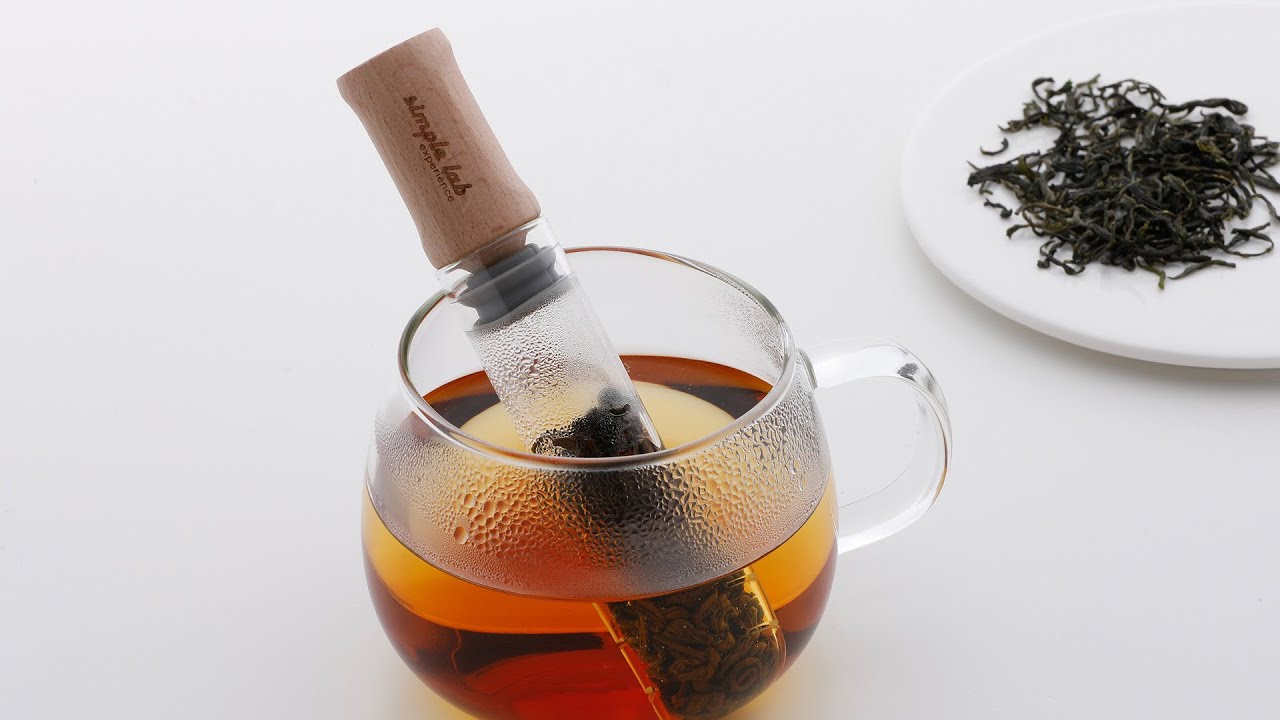
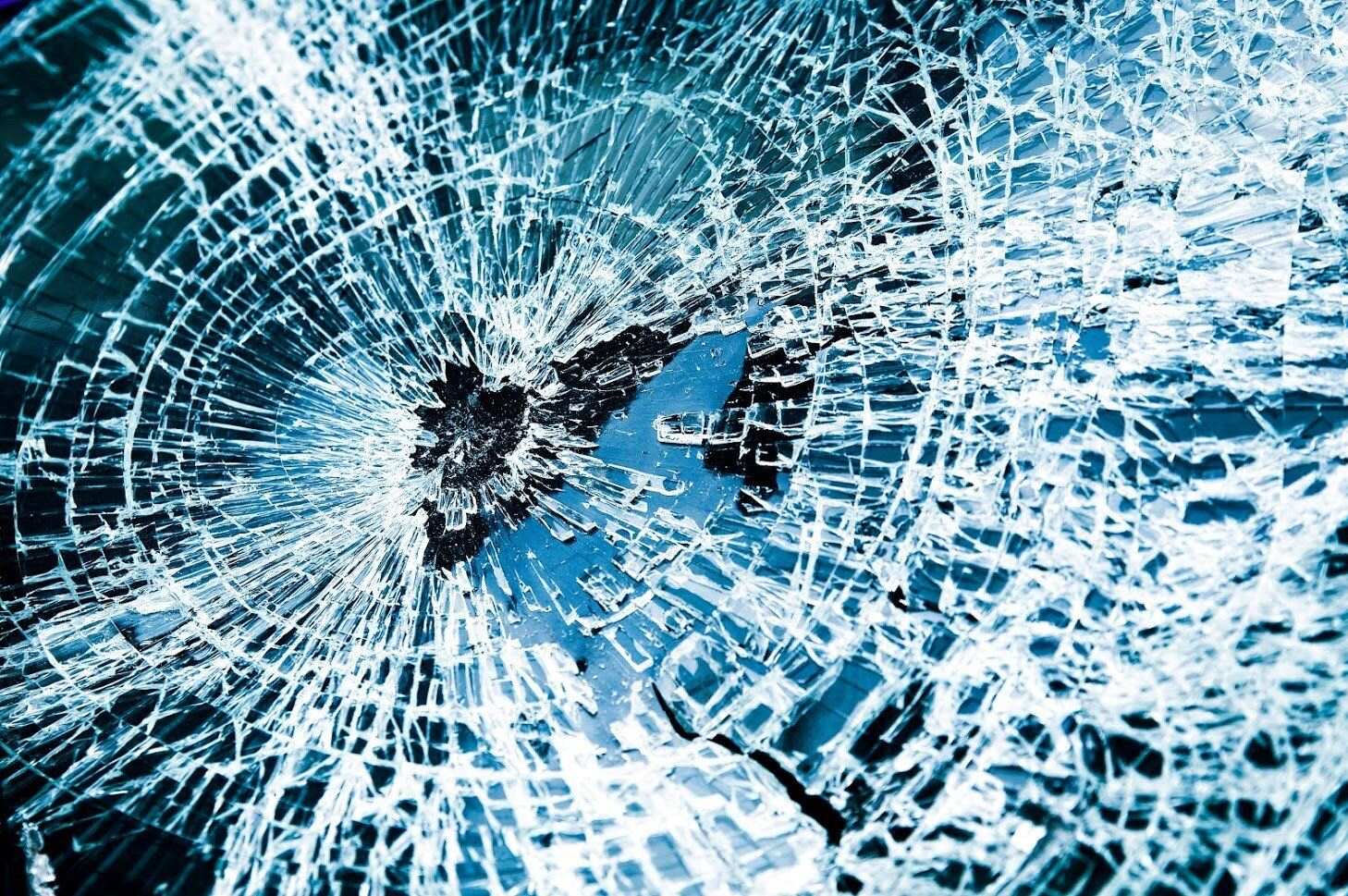
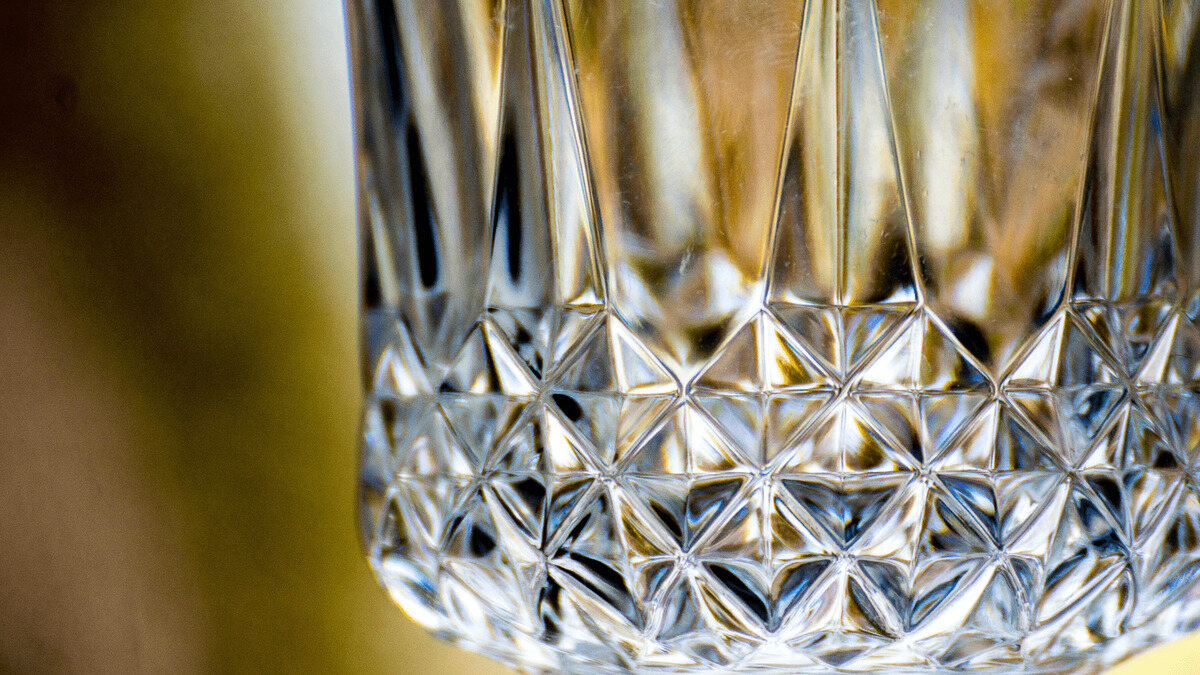
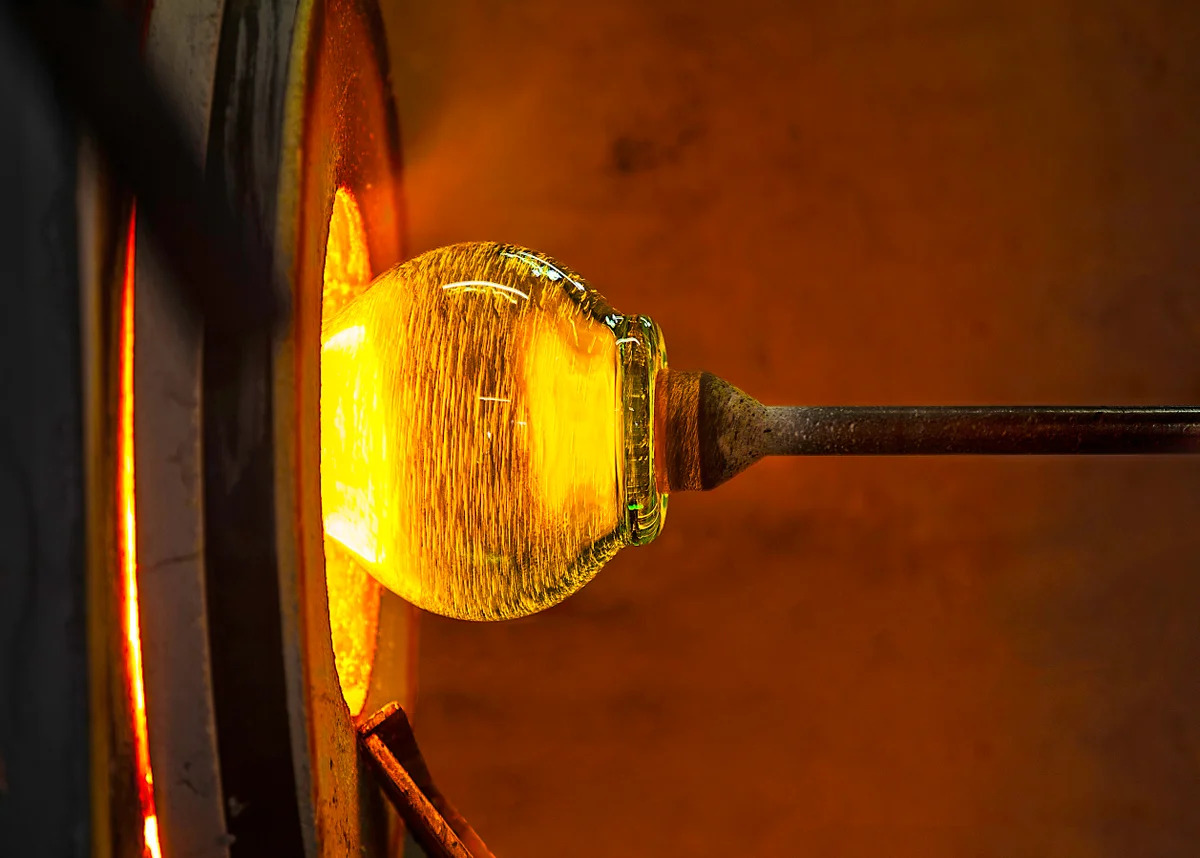
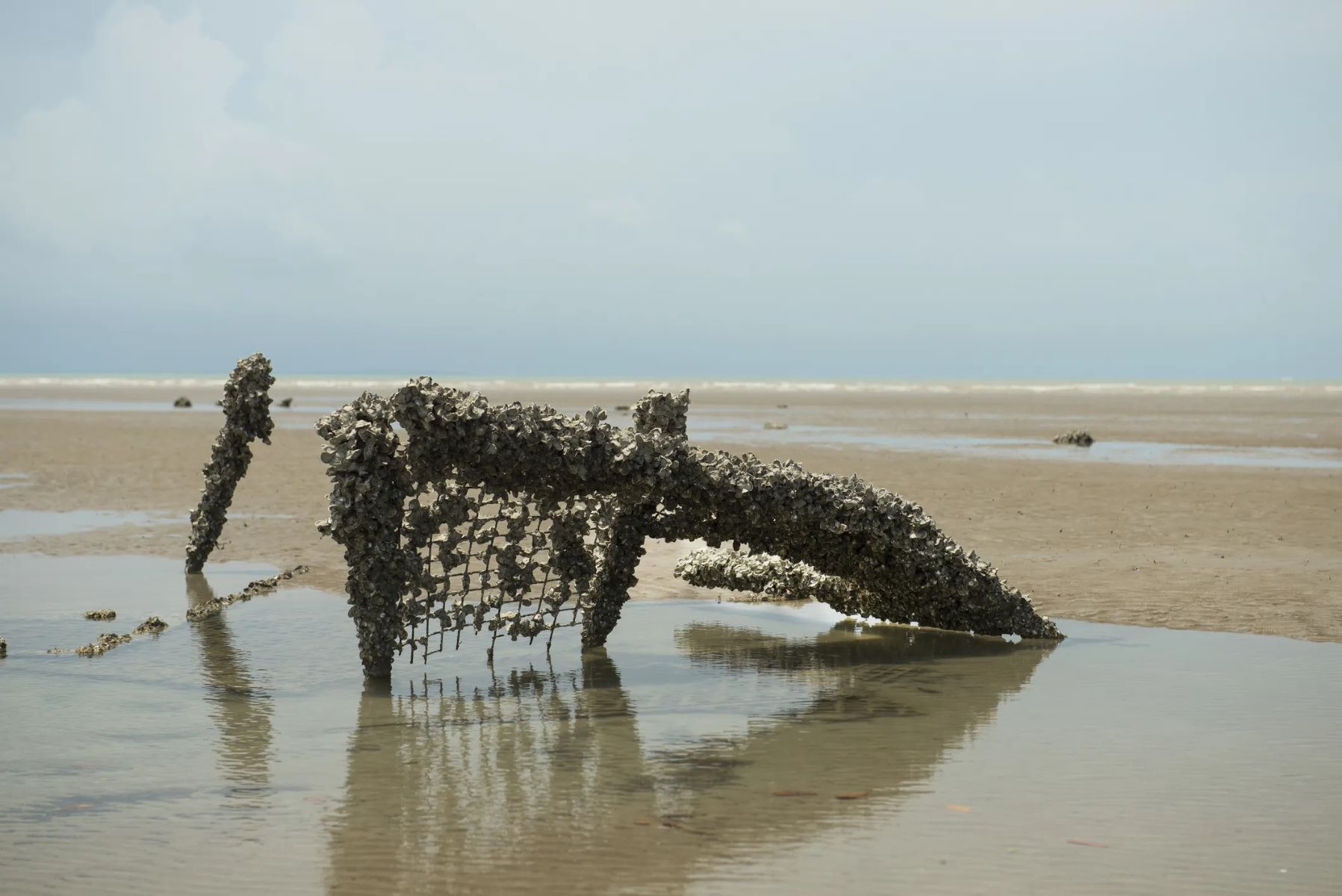
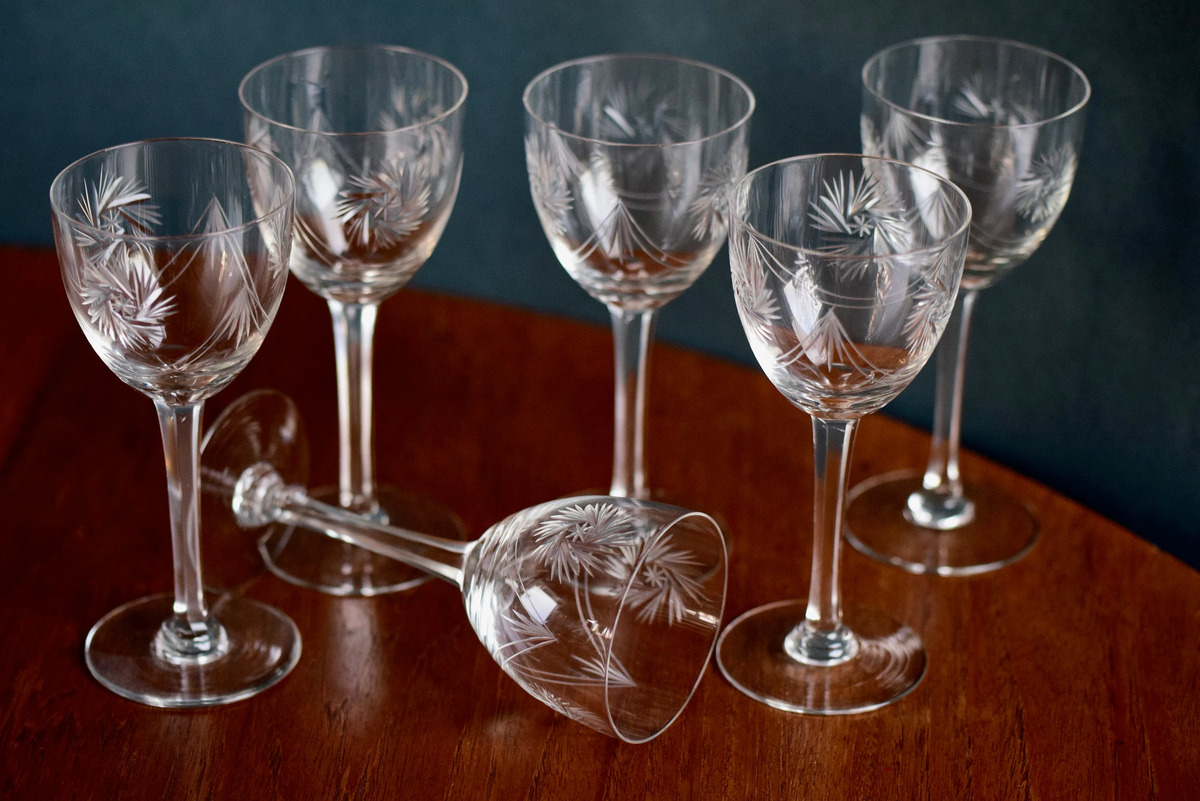
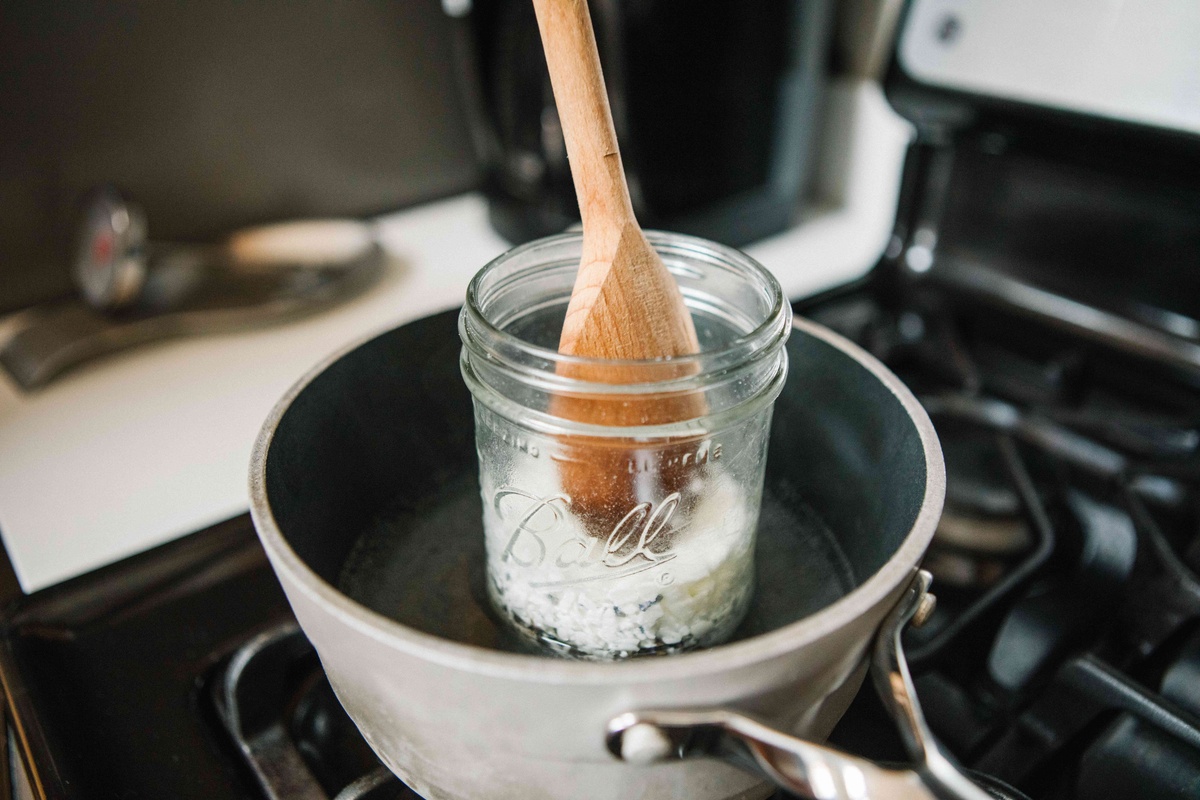
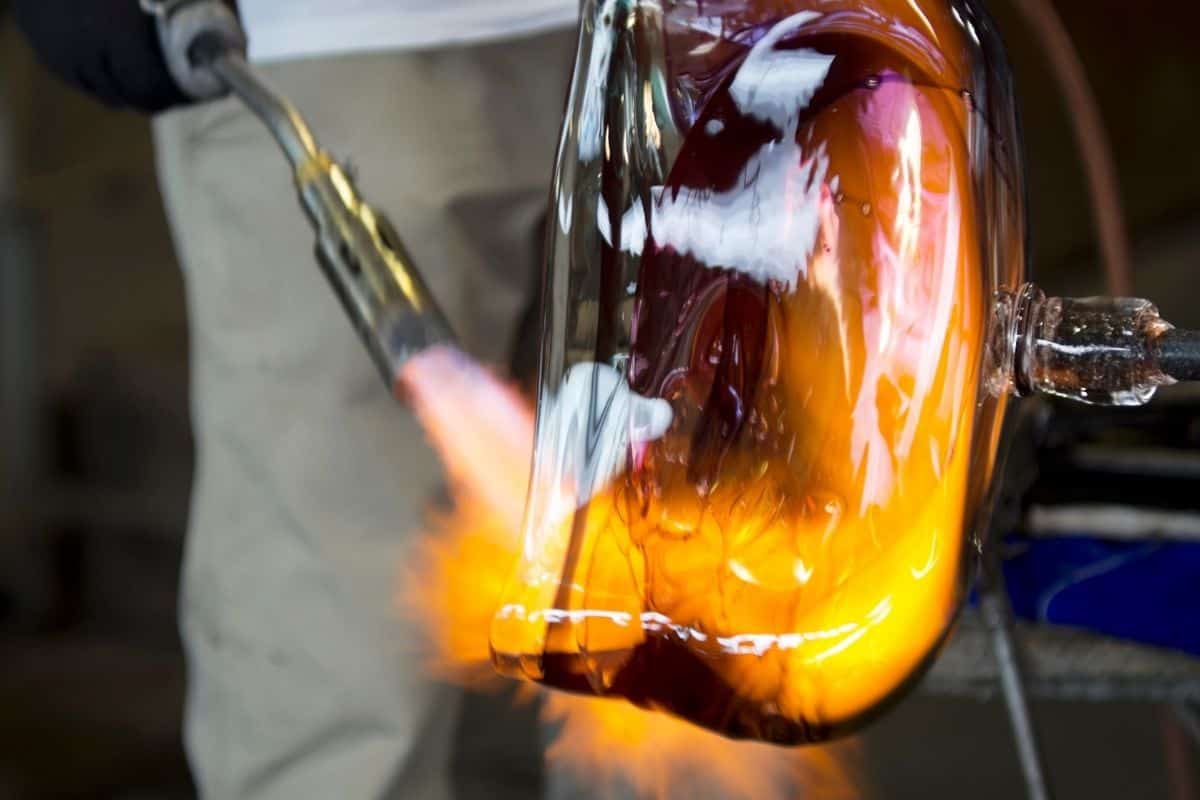
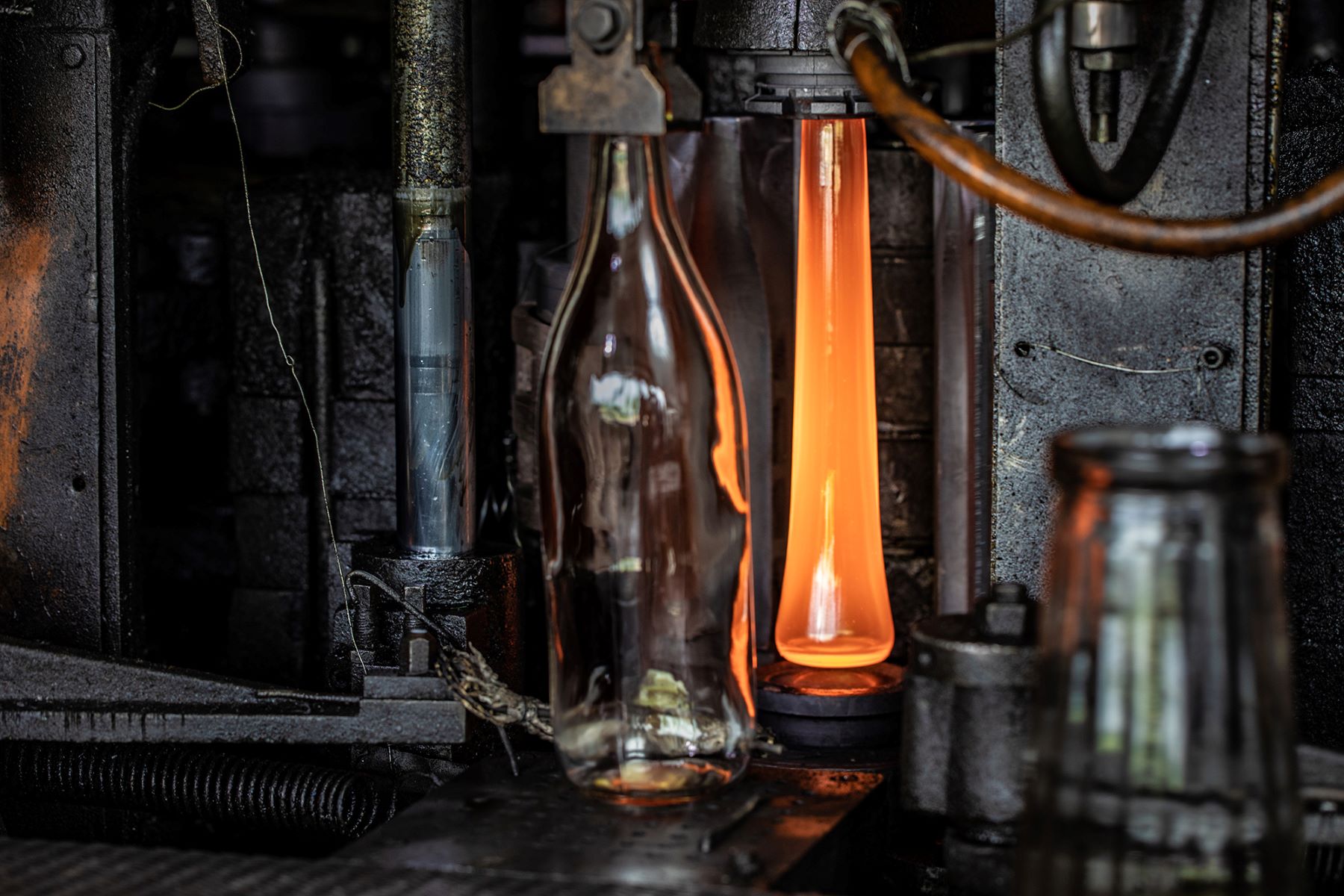
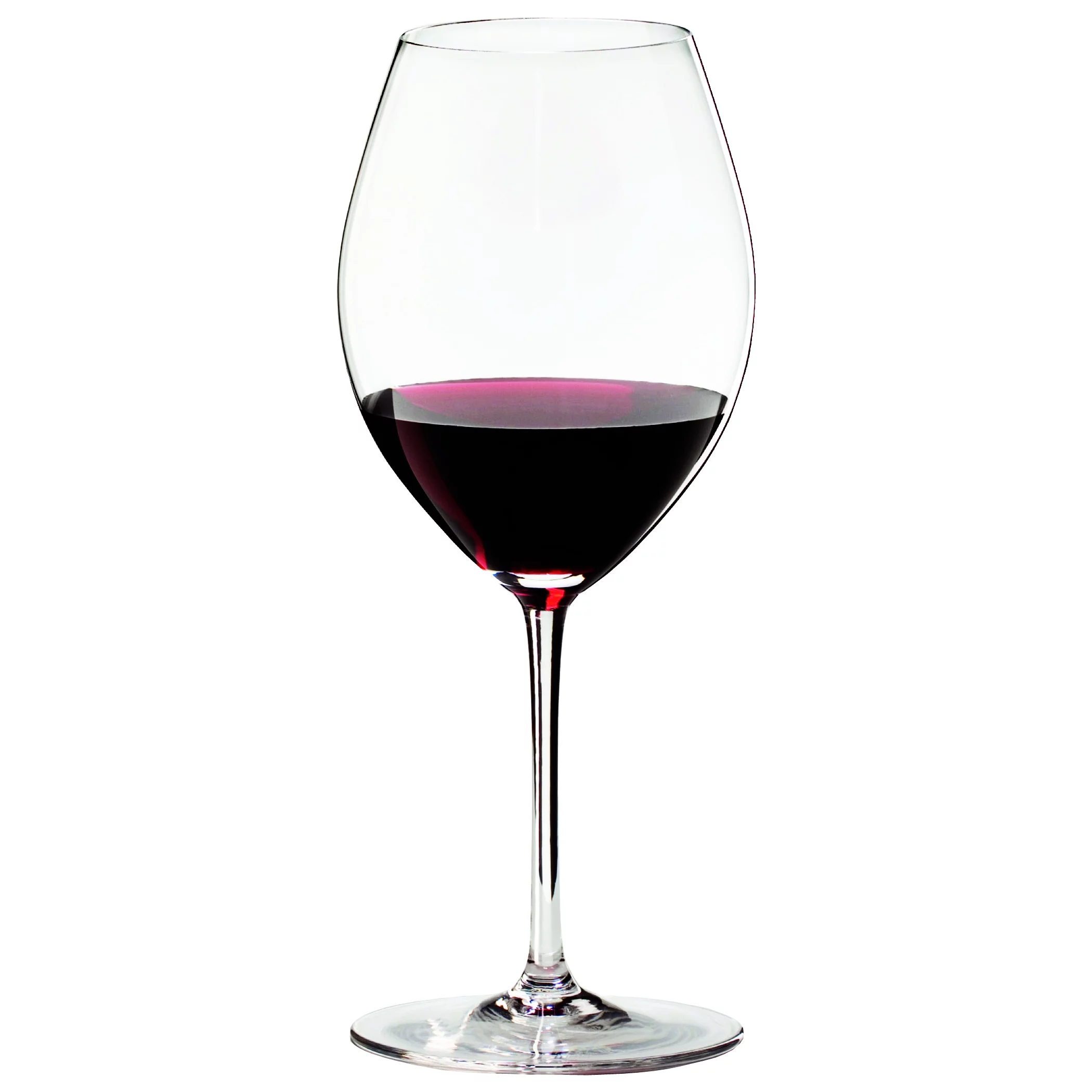

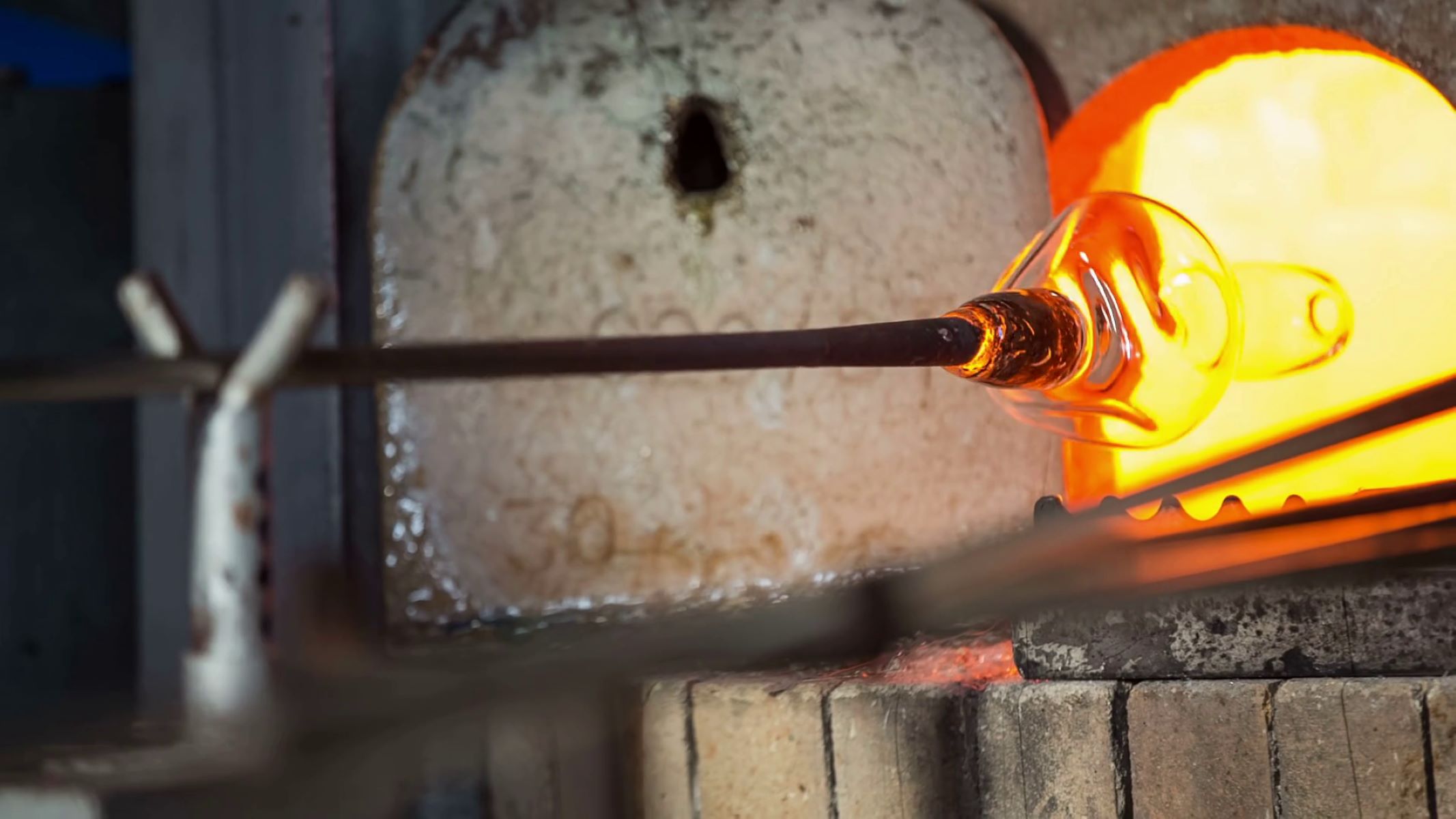
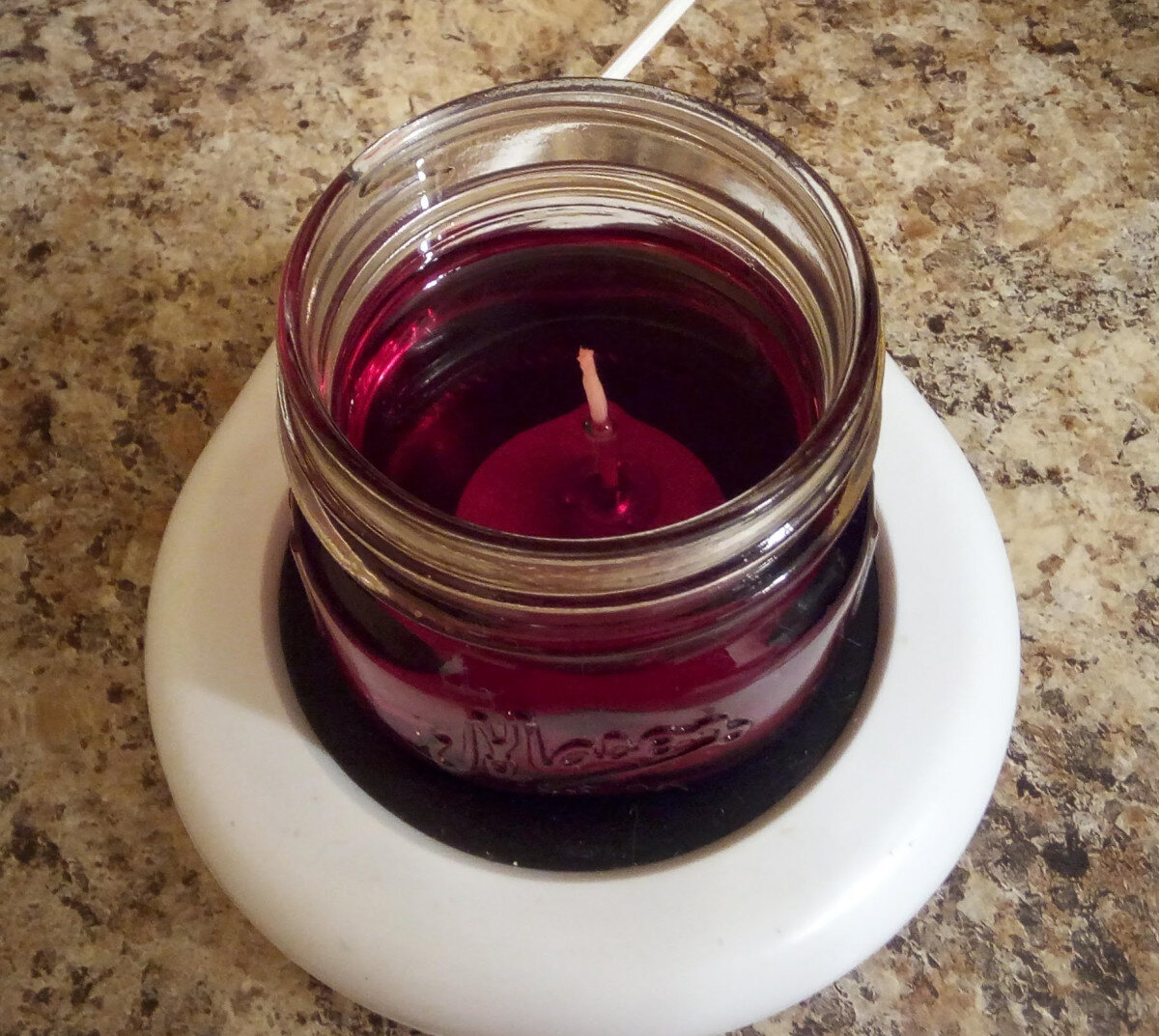
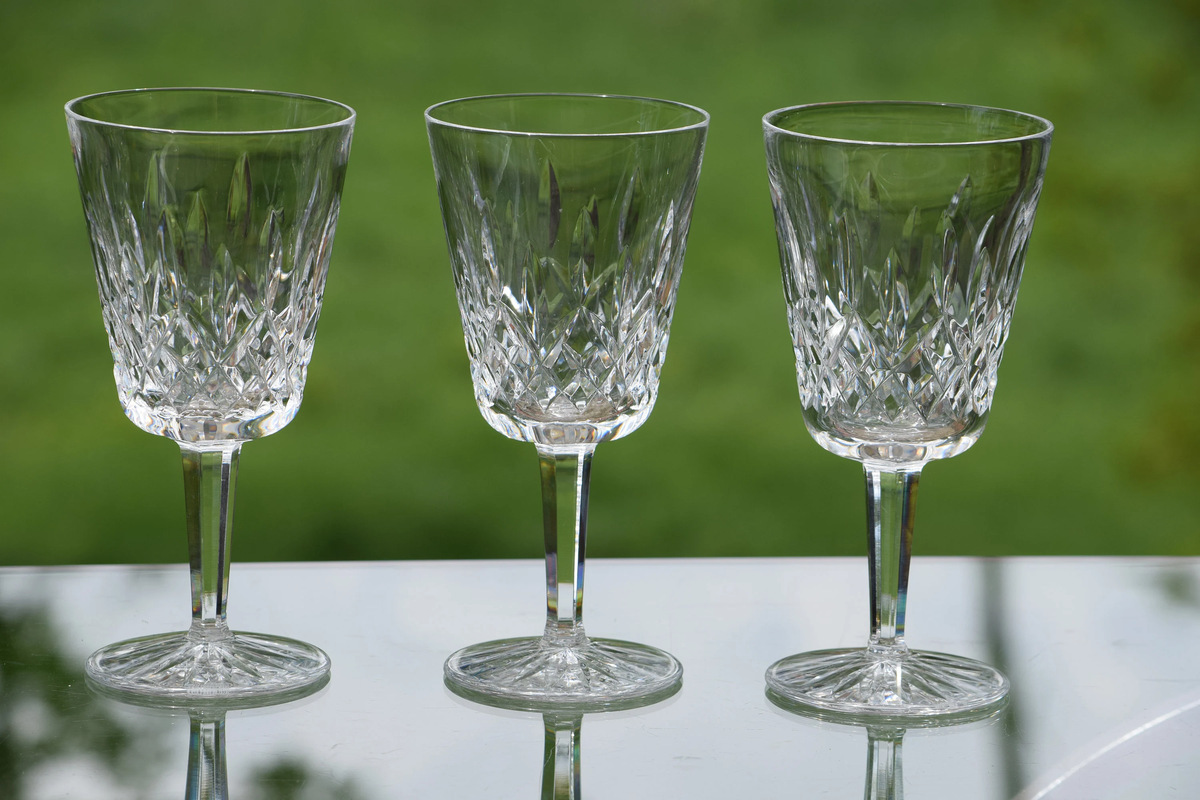

0 thoughts on “At What Temperature Does Crystal Glass Melt?”